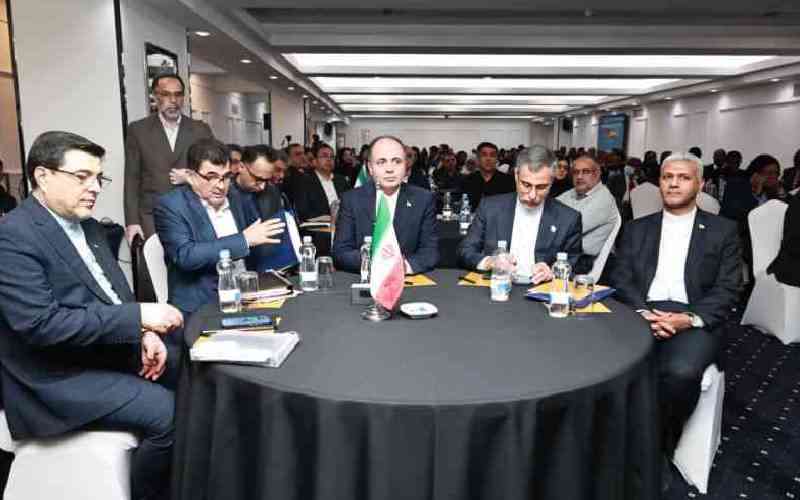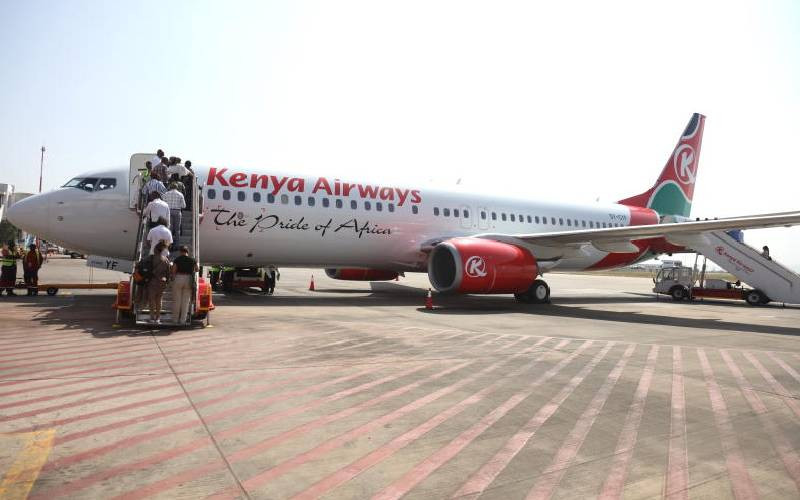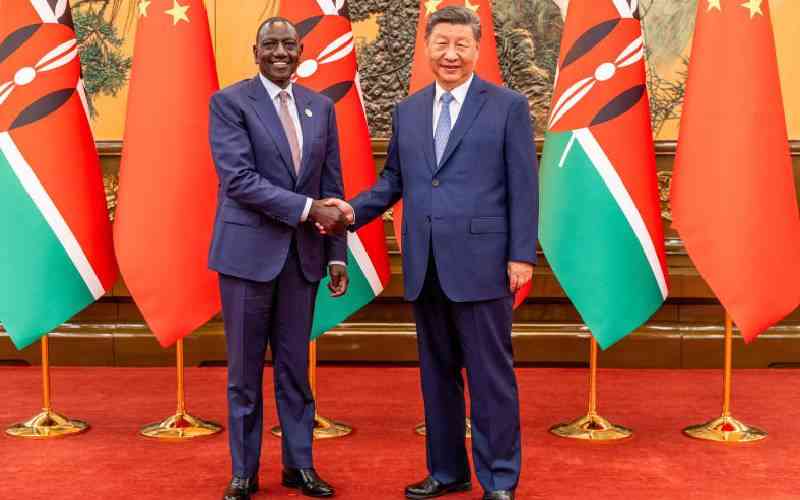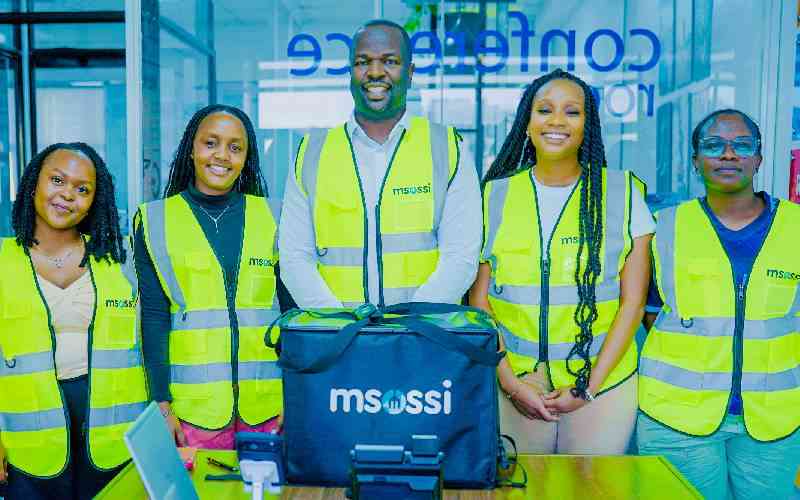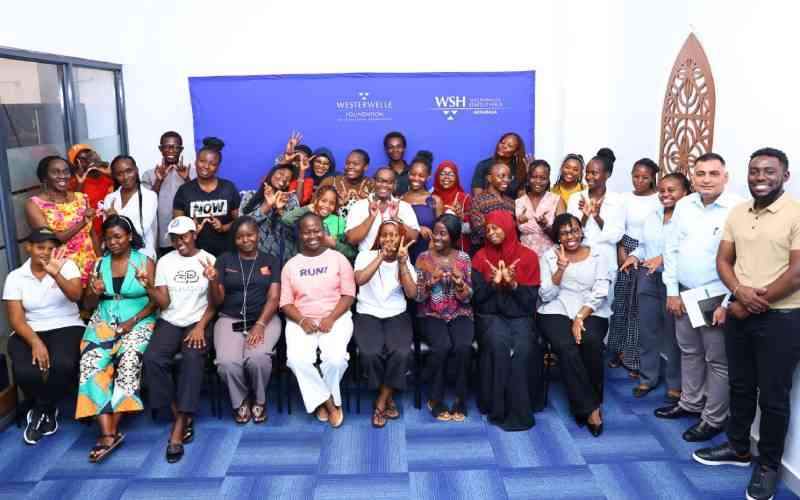×
The Standard e-Paper
Smart Minds Choose Us
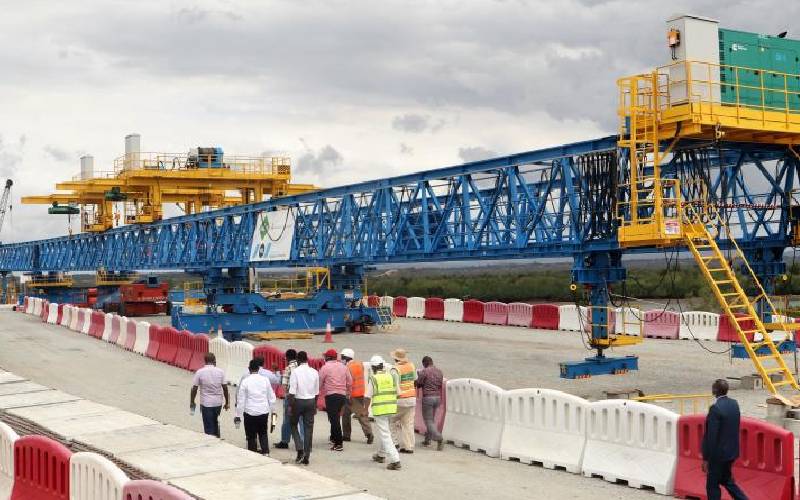
Ongoing construction of the Dongo Kundu bypass bridge. [Robert Menza,Standard]
Kenya is preparing to launch the Dongo Kundu Special Economic Zone (SEZ) that is expected to be a logistics and industrial hub in Mombasa.
